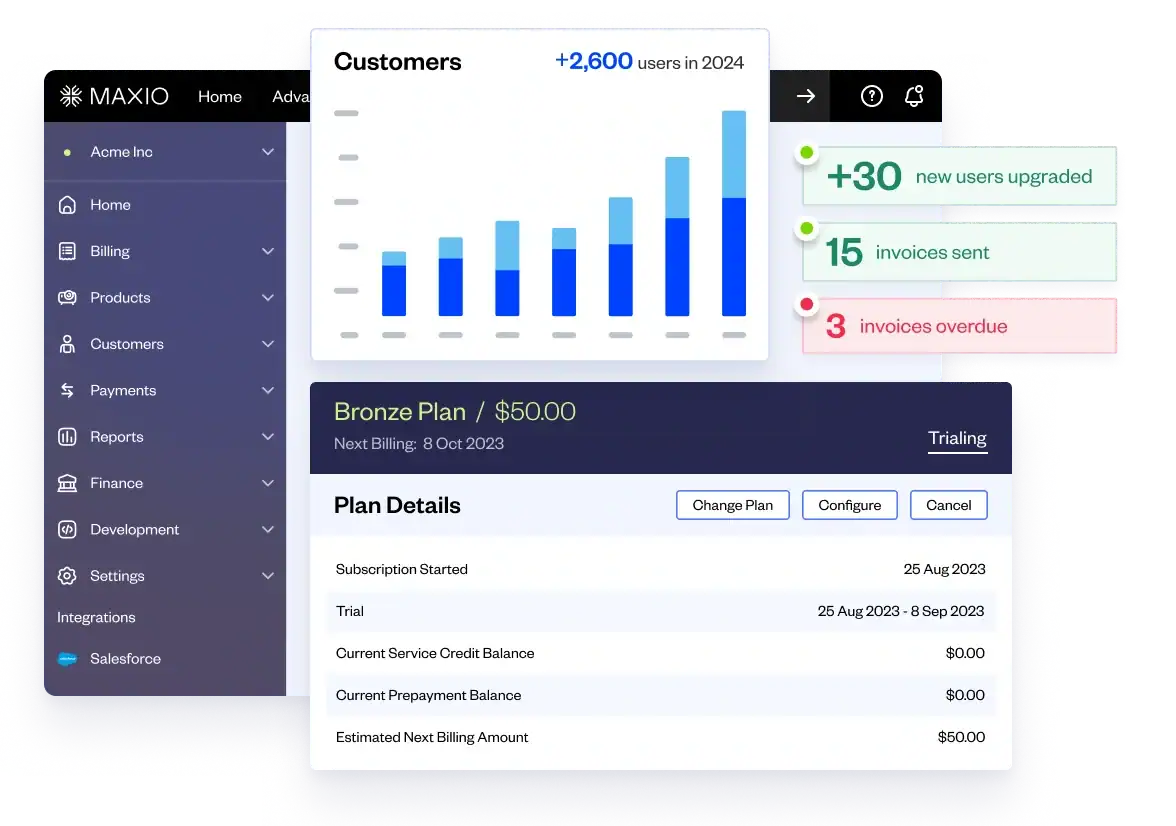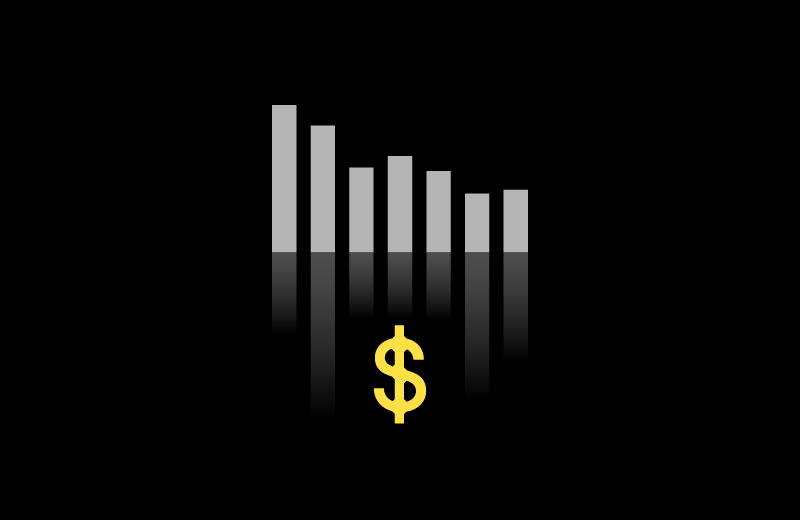In the face of a market downturn, SaaS companies are increasingly adopting a “disciplined growth” mindset and breaking the old “growth at all costs” mentality. At times like these, the margin for error is much slimmer for your average SaaS business trying to chart a clear path to profitability and navigate the market downturn unscathed.
However, one of the biggest concerns for founders and investors is how the current market climate will affect company valuations. Could raising a capital round help founders ensure scalability and survival? Or does it make more sense to “batten down the hatches” and bootstrap your way through to the next bull market?
To find the answers, we’ve teamed up with Todd Gardner, Managing Director at SaaS Advisors Ltd., to discuss the state of SaaS valuations and the importance of raising capital for your business.
How will your valuation be affected?
With headlines like “Mass Layoffs” and “Company Valuation Slashed” consuming our social feeds and daily news, there is much speculation about the state of SaaS valuations. Even so, it’s important to ignore the noise and keep an eye on the facts.
How can SaaS companies expect their valuations to be affected?
Using growth rate and the “Rule of 40” to determine your valuation
In 2022, growth was the primary driver of SaaS valuations. In fact, growth was 2.5x more important than profitability in determining a SaaS company’s valuation. However, given the current market climate, the correlation between valuation multiples and growth rate is .39—that’s the lowest correlation we’ve seen in the last 10 years, down from .57 at the peak of the market in November 2021.
Because of this low correlation, companies can’t use growth rates to accurately predict their total valuation as they once could in previous years. Another common method for determining valuation is to add your growth rate to your profit margin, which is also known as the “Rule of 40.”
In a recent webinar with Todd Gardner, we discussed monetization strategy and the importance of the Rule of 40 in a recession. How does the correlation to valuation multiples change if we factor in profitability using the Rule of 40?
Here’s what Gardner had to say:
— Todd Gardner, Managing Director at SaaS Advisors Ltd.
By using the Rule of 40 to account for both your growth rate and 40% of your net income margin, you can arrive at a valuation multiple that accurately reflects your business’s current or potential market value.
Venture capital trends and expectations
Amid concerns around shifting valuations, SaaS leaders are also keeping a close eye on the VC landscape. A well-timed, strategic capital injection could save a wavering growth-stage startup from going out of business, or it could set up a newly-minted portfolio company for long-term success.
Either way, if you’re considering raising a funding round in an economic downturn, here are a few things to keep an eye out for.
Down rounds are a lose-lose situation
When a company does a down round, existing investors may have an obligation to “write down” the value of their existing holdings in their financial statements, which can affect the fund’s fundraising efforts and perhaps even the ability of the general partners to receive distributions.
Because of the negative long-term effects of raising a down round, VC firms may resort to other tactics first, such as raising an inside round, an additional investment that is made by a company’s existing investors.
However, the deployment of an inside round has one key prerequisite: that your VC firm has enough cash in its reserves to reinvest in your company. Sounds simple enough, right?
As you’d likely expect, raising an inside round isn’t that simple either. Most VC firms support anywhere from thirty to eighty startups at a time. With so many portfolio companies to support, trying to convince your VC partners to prioritize your company over another is another feat entirely, which leads us to our second point:
Capital allocation is messy
Venture funds usually have a discrete pot of money and a discrete number of partners, but many companies in their portfolio. What does this look like behind the scenes?
Not surprisingly, there is a greater need for capital than there is capital available. Most of the companies in a VC portfolio will be looking for capital to support them through a downmarket, resulting in VC partners fighting over a pot of money for individual companies. In the end, it’s not always the best companies that get the support and capital they need.
What does this mean for SaaS founders who don’t want to end up at the bottom of the barrel? If you’re keen on raising an inside round or receiving additional support from a VC, you need to start by asking them questions about how they prioritize funding within their portfolio:
- What does their funding process look like? How does that affect you?
- What are the criteria for receiving additional funding?
- What does the timing look like for receiving additional funding rounds?
- How much money does your VC firm have in relation to the demand for funding amongst their other portfolio companies?
The key here is to be extra proactive when talking to your existing investors about raising an additional round.
Answering the ultimate question: should you raise or sell?
Once you’ve used the Rule of 40 to get an estimate of your company valuation and approached your VC firm to inquire about raising an inside round, you should have a rough idea of whether it makes more sense to tackle the market downturn on your own, raise another round, or make plans to sell your business.
Even so, there are still plenty of knowledge gaps that could keep you from making the right decision.
To help fill in the gaps, we’ve worked with Todd Gardner to create this Equity Calculator built specifically for SaaS founders and investors. The models shown in this calculator compare selling your company today vs. raising capital, absorbing dilution, growing ARR, and selling in 24 months.





